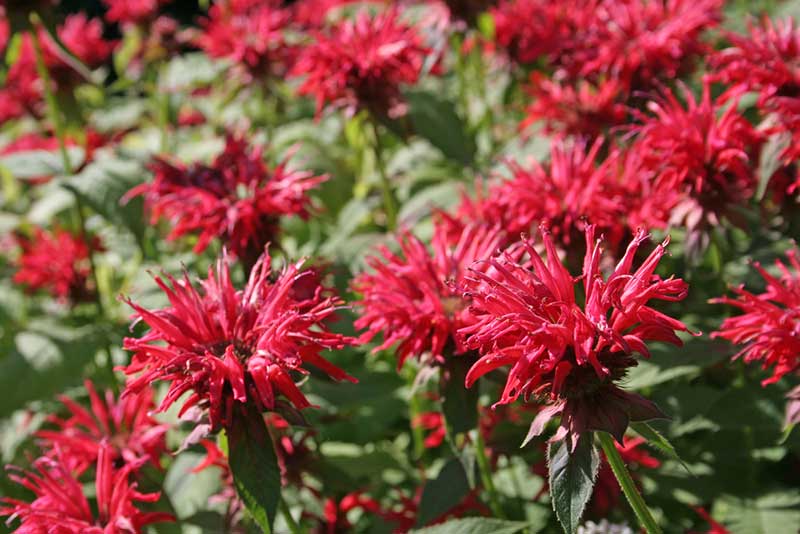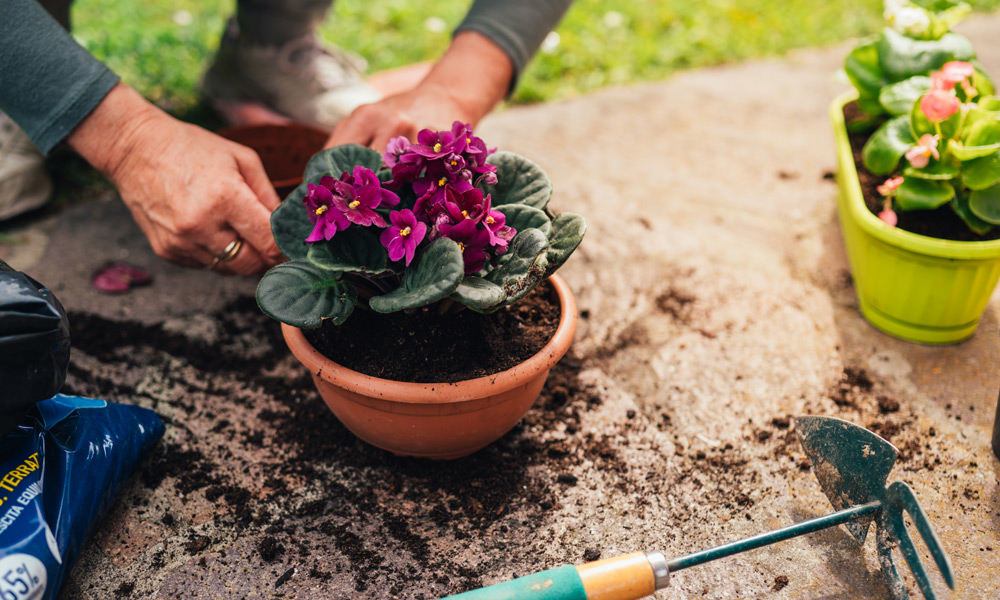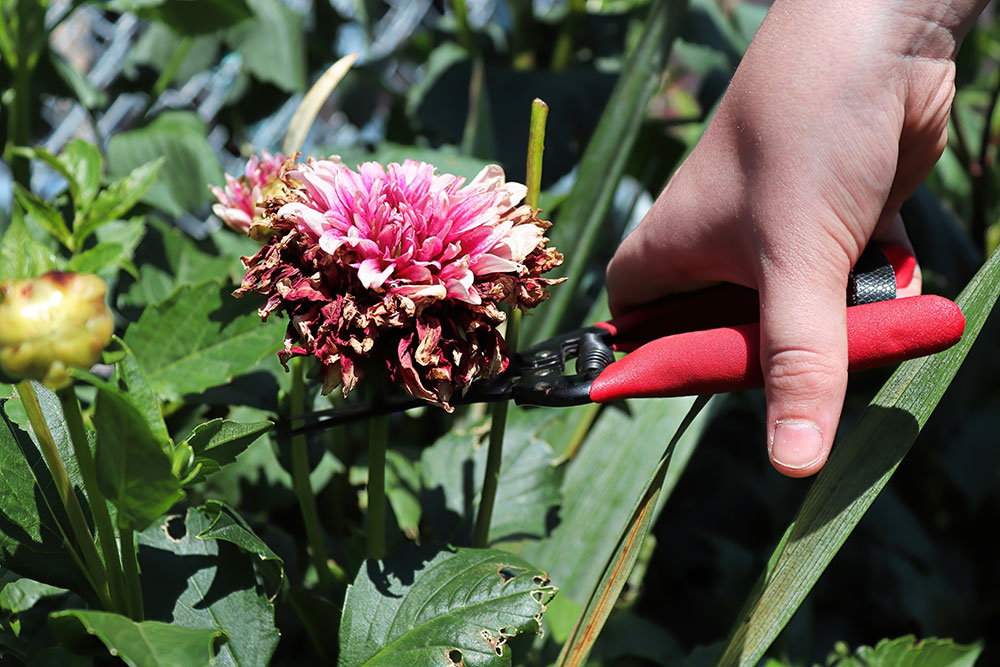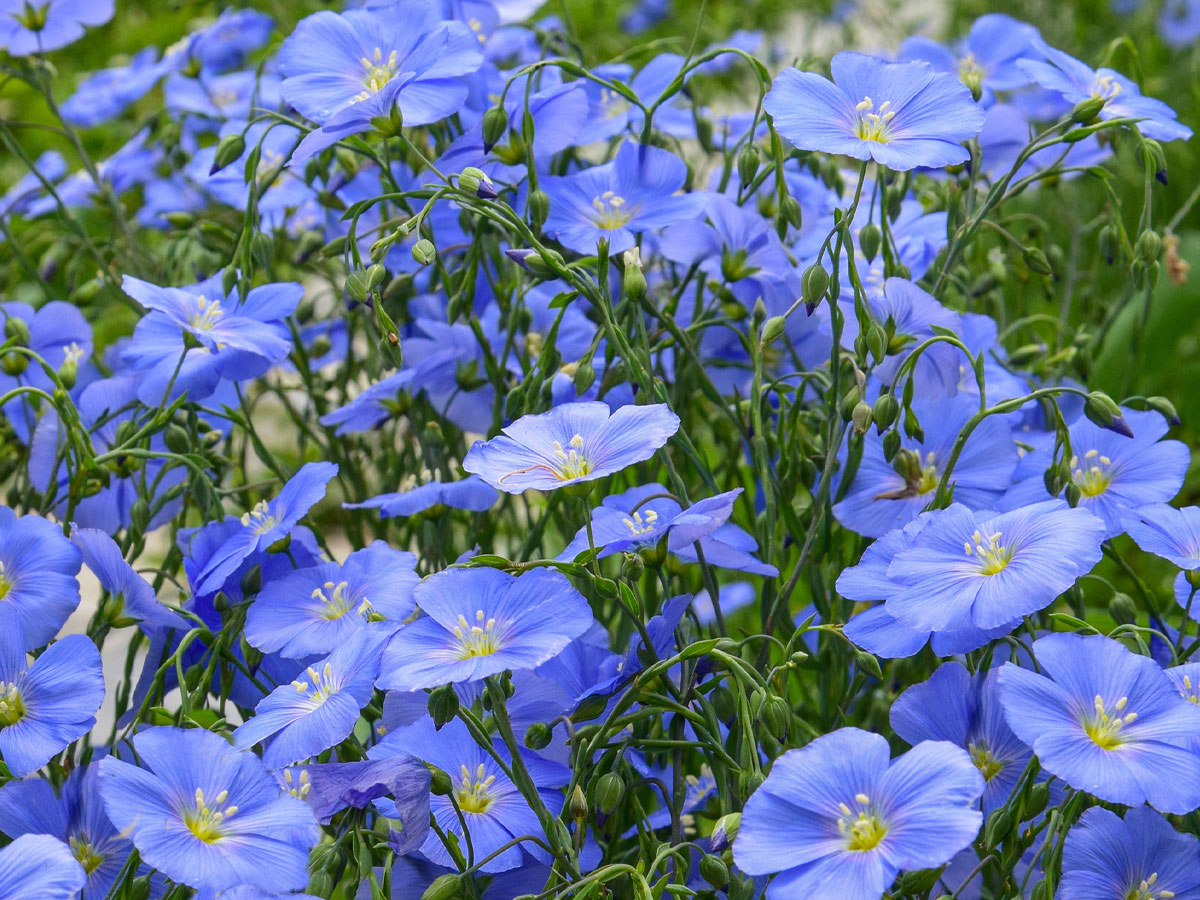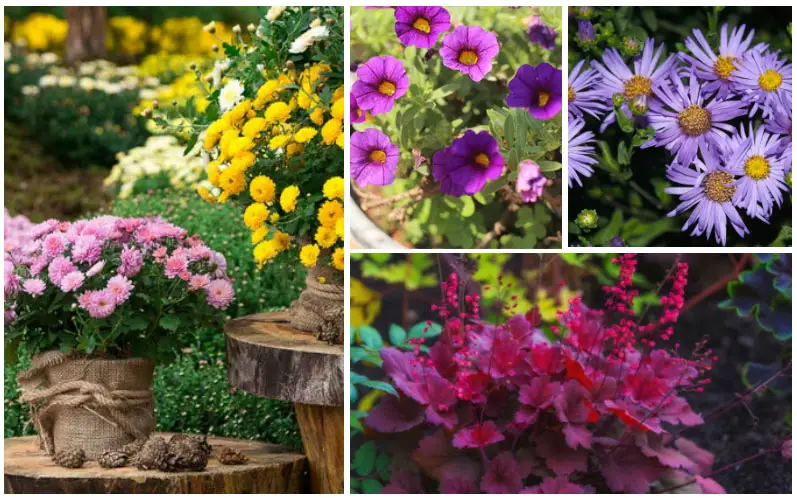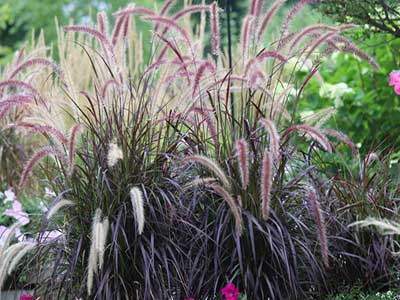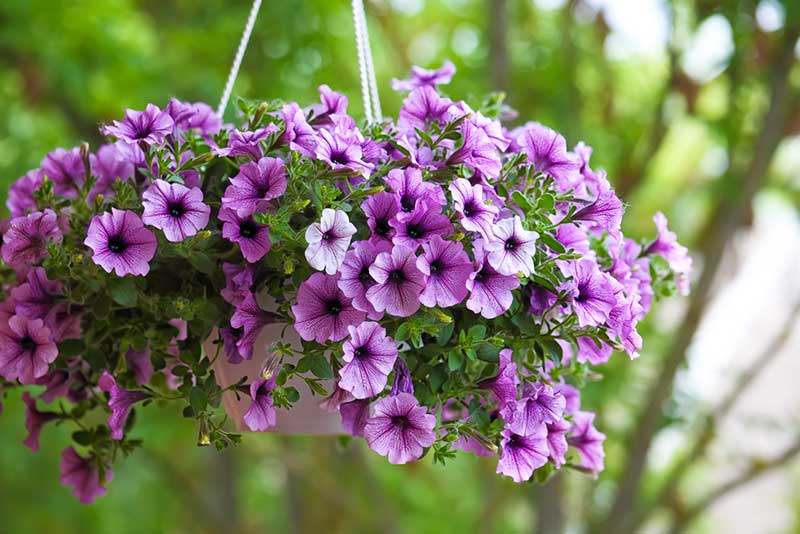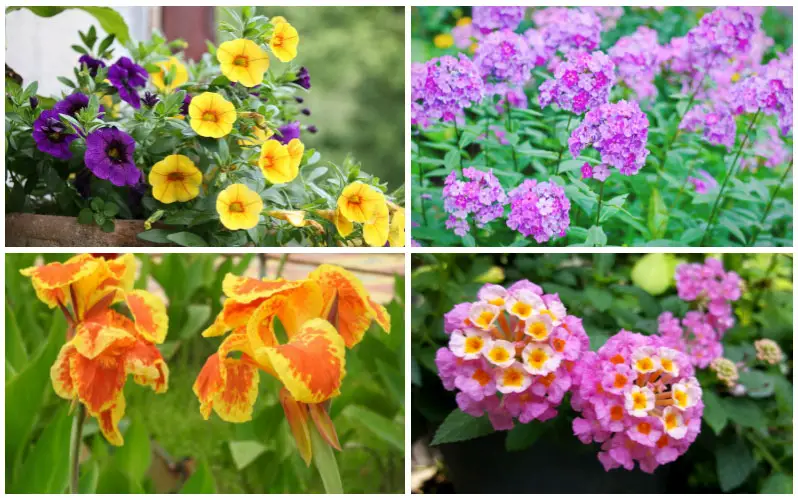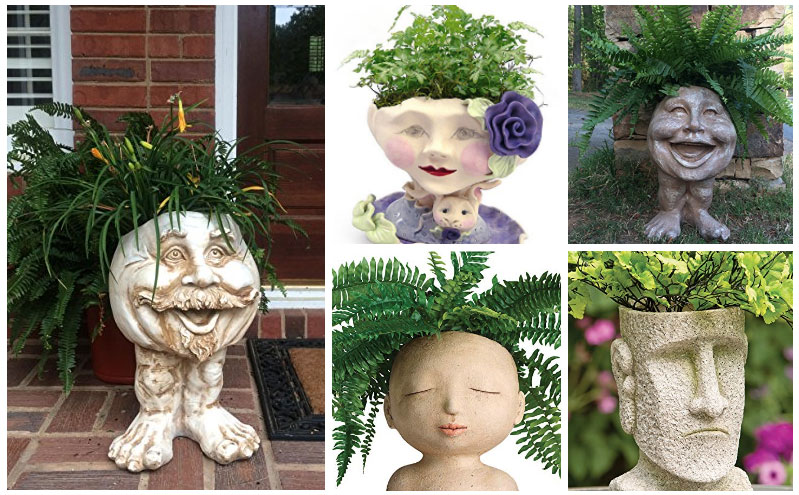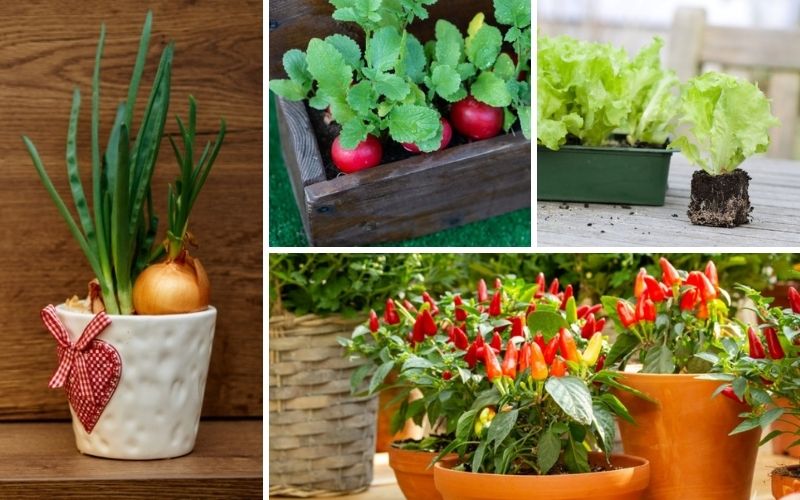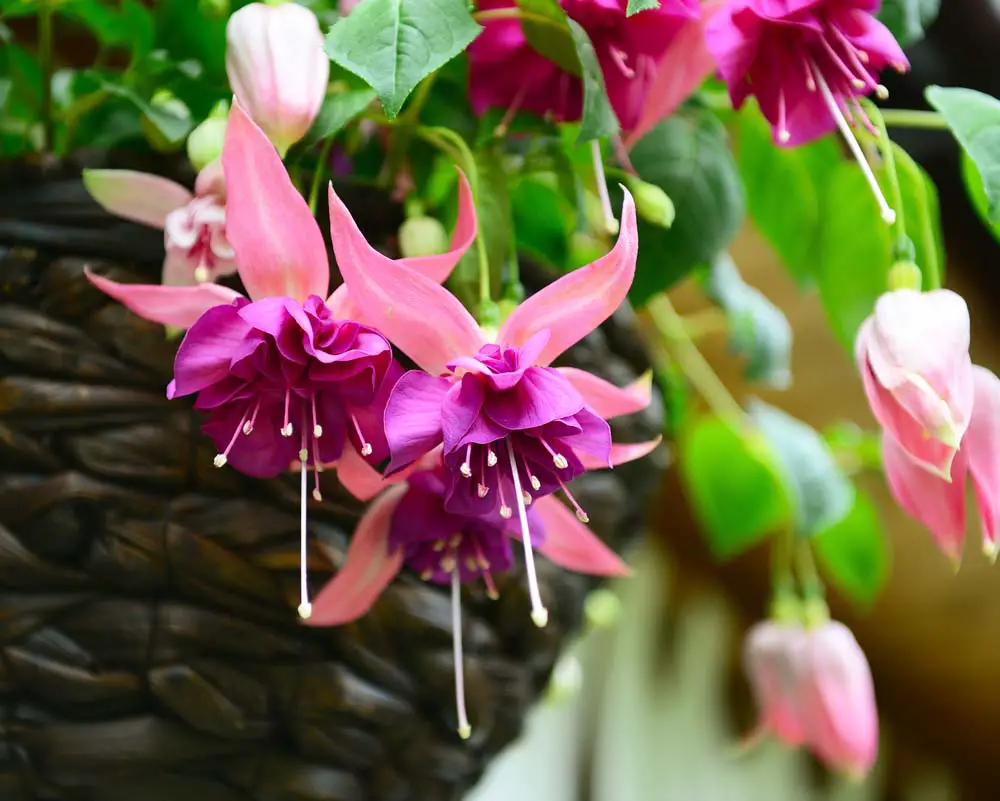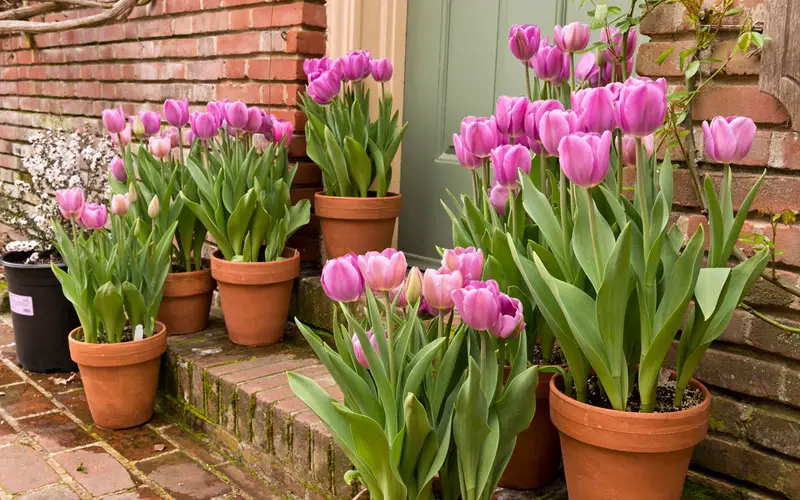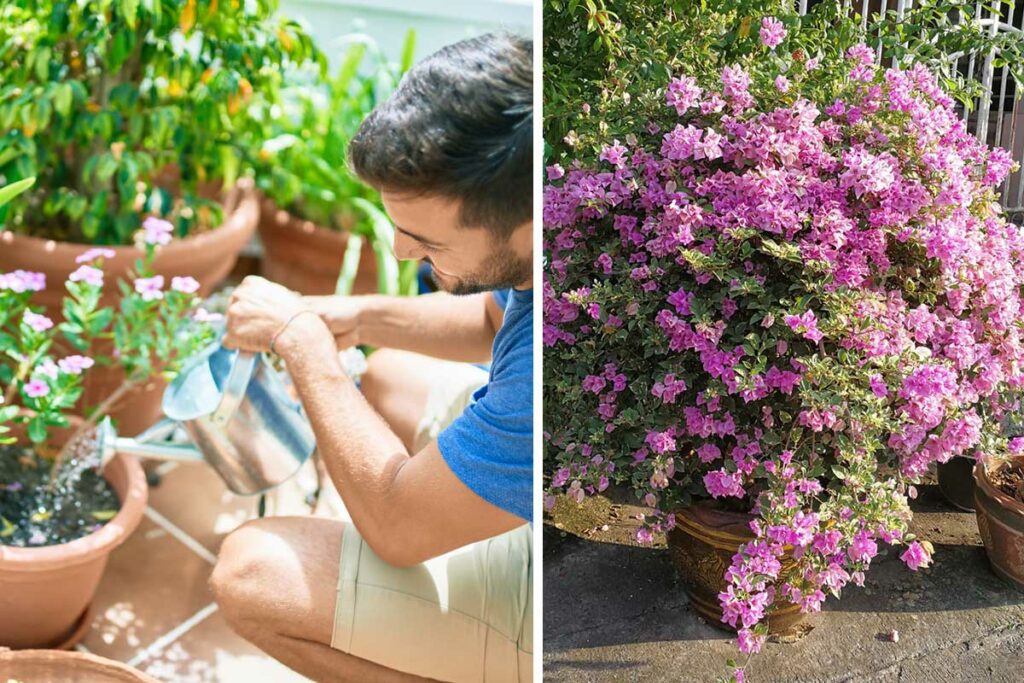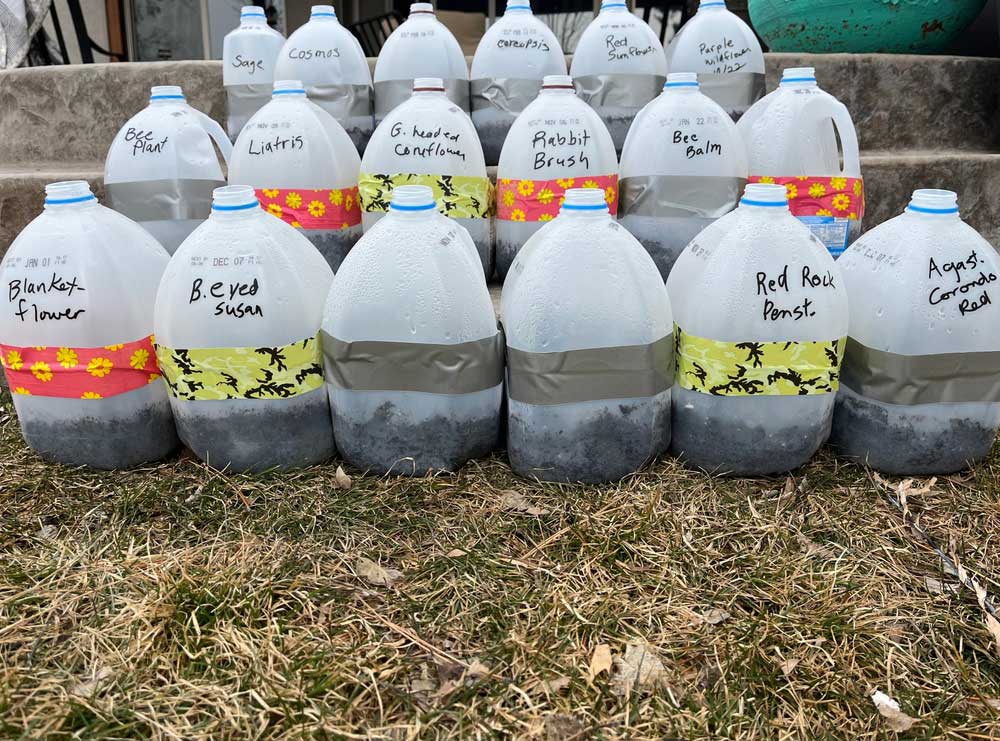
Want to get a head start on your spring garden? Winter sowing might be exactly what you’re looking for!
This budget-friendly seed-starting method lets you work with nature’s cycles to grow strong, healthy plants.
Let me show you how to turn simple household containers into mini greenhouses and start your garden during the coldest months.
What is Winter Sowing?
Winter sowing is like having your own fleet of tiny greenhouses right in your backyard. This method mimics nature’s way of propagating plants. Seeds naturally fall to the ground in autumn, lie dormant during winter, and sprout when conditions are just right in spring.
The best part? You don’t need fancy equipment or a heated greenhouse. Just a few recycled containers and some basic supplies will get you started.
Why Should You Try Winter Sowing?
Starting seeds outdoors during winter offers several advantages over traditional indoor seed starting:
- Your seedlings will be naturally hardy and weather-resistant
- No grow lights or heat mats needed
- Seeds germinate at their own pace, just like in nature
- Less watering required than indoor starting
- Perfect for gardeners with limited indoor space
- Great way to reuse household containers
Which Plants Work Best for Winter Sowing?
Not all plants are created equal when it comes to winter sowing. Here are some excellent candidates:
Cold-Hardy Vegetables
Your future salad bowl will thank you! Try starting these vegetables:
- Kale
- Broccoli
- Lettuce
- Swiss chard
- Spinach
- Brussels sprouts
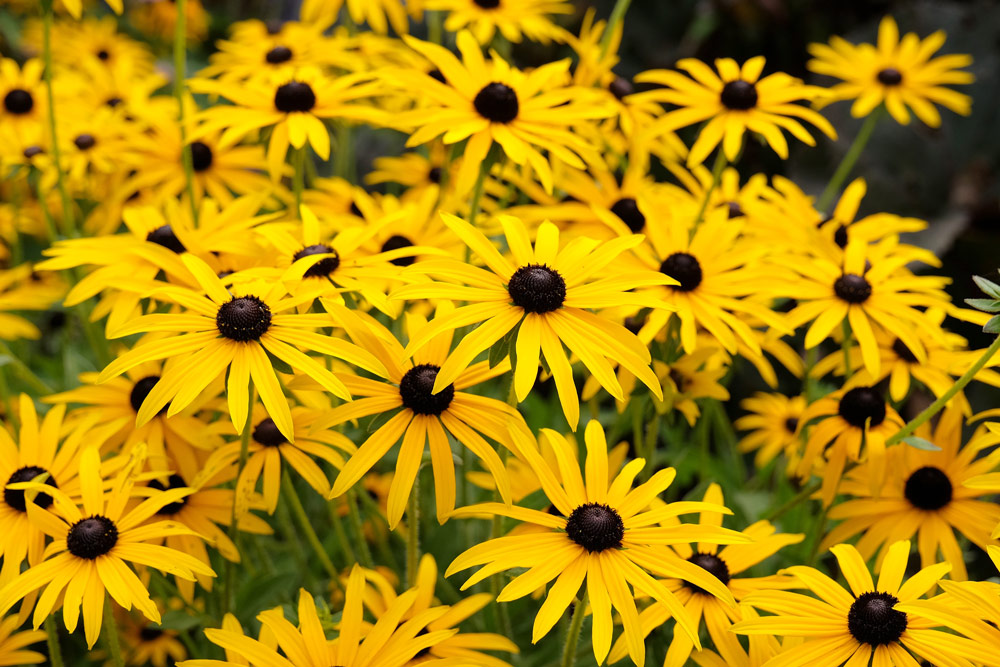
Perennial Flowers
Many perennials actually benefit from cold stratification:
- Echinacea (Coneflower)
- Delphinium
- Lupines
- Black-eyed Susan
- Columbine
- Blanket flower
Native Plants
Local native species are naturally adapted to your climate’s winter conditions. Check with your local extension office for suggestions specific to your area.
Essential Supplies for Winter Sowing
Getting started with winter sowing doesn’t require a big investment. Here’s what you’ll need:
Containers
- Clean milk jugs or water containers
- Clear plastic containers (like salad boxes)
- Take-out containers with clear lids
- 2-liter soda bottles
Other Materials
- Quality potting soil
- Seeds of your choice
- Duct tape
- Waterproof marker
- Sharp knife or scissors
- Small drill or heated nail (for drainage holes)
Step-by-Step Guide to Winter Sowing
1. Prepare Your Containers
Let’s turn those recyclables into mini greenhouses:
First, clean your containers thoroughly with soap and water. For milk jugs, cut horizontally around the middle, leaving a small “hinge” intact. Remove the cap – this will provide necessary ventilation.
Make several drainage holes in the bottom using your drill or heated nail. Four to six holes should do the trick. Good drainage is crucial for preventing damping off disease.
2. Add Your Growing Medium
Fill the bottom portion of your container with 3-4 inches of pre-moistened potting soil. The soil should be damp but not waterlogged. Think of a wrung-out sponge – that’s the moisture level you’re aiming for.
Pat the soil gently to remove air pockets. Don’t compact it too much; roots need room to grow.
3. Sow Your Seeds
Check your seed packets for proper planting depth. As a general rule, plant seeds about twice as deep as their width. Some seeds need light to germinate and should just be pressed into the soil surface.
You can sow seeds a bit more densely than usual since you’ll thin them later. Just don’t overcrowd them too much.
4. Seal and Label
Close up your container and secure it with duct tape, leaving the cap off for ventilation. Label each container with:
- Plant name
- Sowing date
- Expected germination time
Use a permanent marker or weather-resistant label. Trust me, you’ll thank yourself later!
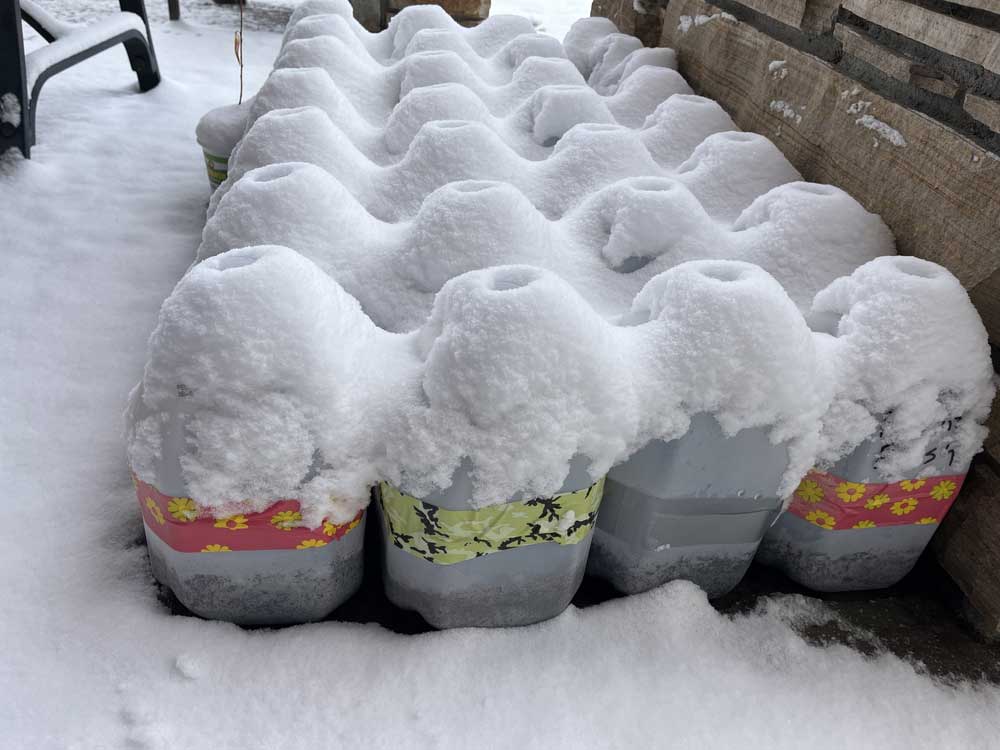
5. Position Your Containers
Finding the right spot is crucial for success:
Place your containers where they’ll receive:
- Plenty of natural sunlight
- Natural precipitation (rain and snow)
- Protection from strong winds
Consider using milk crates or aluminum trays to keep containers from tipping over. A sheltered corner of your yard or patio often works well.
Caring for Your Winter-Sown Seeds
Monitoring Moisture
Your sealed containers create a self-watering environment. However, check moisture levels occasionally, especially during dry spells. If the soil looks dry, water gently through the ventilation hole.
Temperature Fluctuations
Don’t worry about freezing temperatures! These temperature swings are actually beneficial. The freeze-thaw cycle helps break down seed coatings and promote germination.
Spring Care
As temperatures warm up, your seeds will begin sprouting. Once seedlings appear:
- Open lids on warm days for better air circulation
- Close them back up at night if frost threatens
- Gradually increase ventilation time to harden off seedlings
Transplanting Your Seedlings
When spring arrives and frost danger passes, your seedlings will be ready for their permanent homes. Here’s how to transplant successfully:
- Water your seedlings well before transplanting
- Gently separate individual plants or plant in clusters
- Transplant on a cloudy day or in the evening to minimize shock
- Water immediately after transplanting
Troubleshooting Common Issues
No Germination?
- Check if seeds need specific temperature ranges
- Ensure soil stays consistently moist
- Some seeds simply take longer – be patient!
Mold Growth?
- Increase ventilation
- Reduce watering
- Remove affected plants if necessary
Leggy Seedlings?
- Ensure containers receive enough sunlight
- Consider repositioning to a brighter location
- Some stretching is normal early in the season
Final Tips for Success
Remember these key points for winter sowing success:
- Start with easy plants your first season
- Label everything clearly
- Keep a garden journal to track results
- Join online winter sowing communities for support
- Save containers throughout the year for next season
Winter sowing is a rewarding way to start your garden early. It’s budget-friendly, environmentally conscious, and produces strong, healthy plants.
Give it a try this winter – you might just discover your new favorite gardening method!

